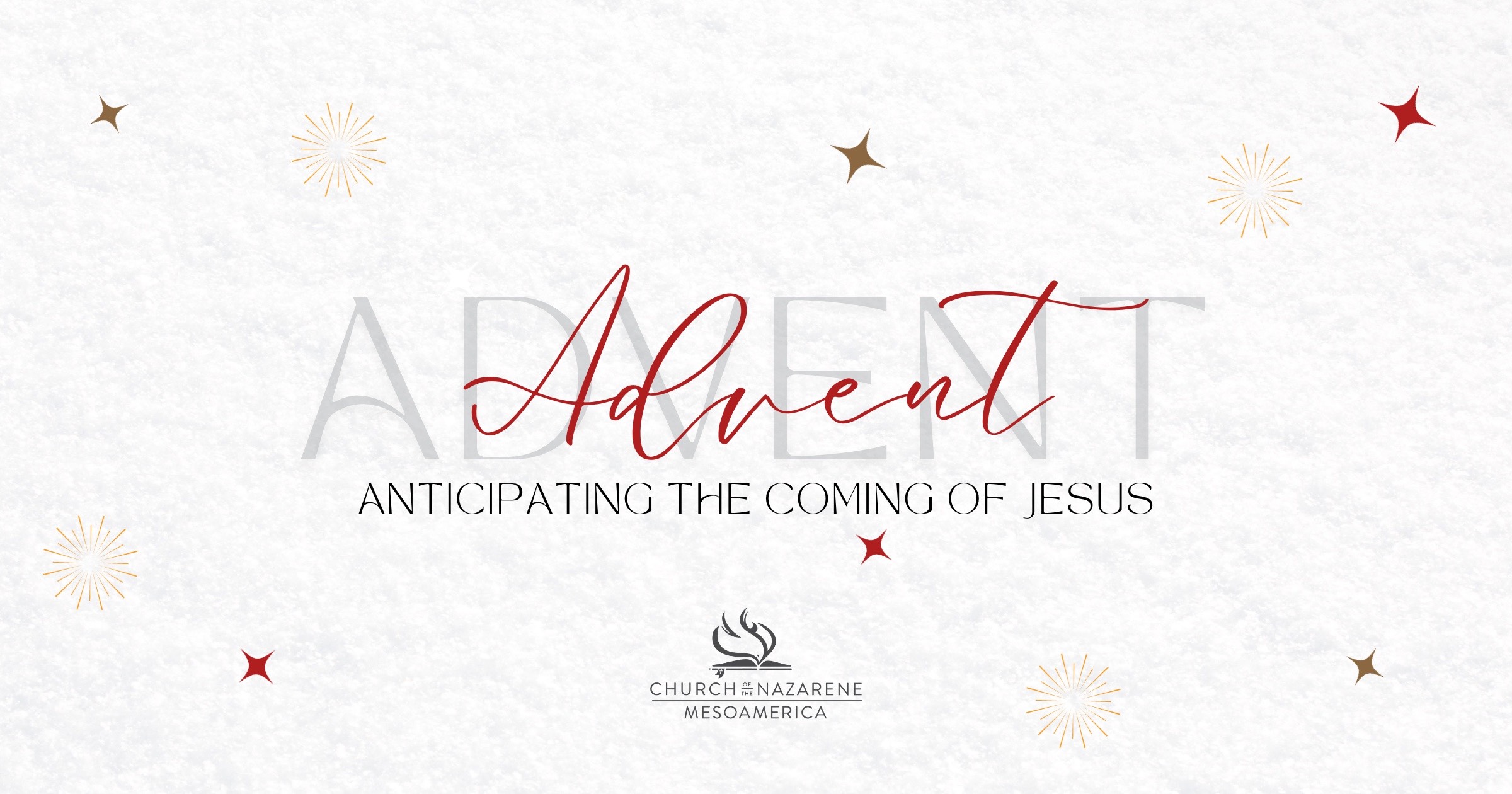“…Because he will save his people from their sins.” (Matt. 1:21b)
The Christian calendar is part of our worship. Throughout history the church has established feast days and celebrations to remember the powerful acts of God, from the birth of Christ (Advent, Christmas, and Epiphany) to the commemorations of the death and resurrection of Christ (Lent, Holy Week, Easter, and Pentecost). They tell the salvific story of God. It is very important to understand that more than being a calendar, passage through each event focuses us on the live and ministry of Jesus. We are made more Christlike in our worship, preaching, and mission. Following the Christian calendar leads the believer to desire obedience to God and God’s mission.
The origin of Advent. It is not of pagan origins. Rather, it was borne out of the life, death, resurrection, ascension, and expectant return of Jesus Christ. The focus of Advent is prominently on the incarnate Christ who inaugurated a new era. Biblical worship originates in the event, expressed through a covenant, characterized in the Bible, and ratified by a sacrifice in a specific time and place.
The significance of Advent. The word Advent means “coming.” It is the period of time that anticipates the birth of Christ that we know as Christmas. We prepare ourselves to receive him with joy like the shepherds experienced that night when they heard the heavenly announcement, “Glory to God in the highest heaven, and on earth peace to those on whom his favor rests.” (Luke 2:14)
What Advent anticipates. It anticipates the redemptive action of God in the coming of Jesus who is God incarnate. Its main purpose is to prepare us for the birth of our Lord Jesus Christ. Normally Advent is celebrated for four weeks before Christmas Day. As pastors ourselves, let’s ask God to hear in our hearts the message that God gave the shepherds, “Do not be afraid. I bring you good news that will cause great joy for all the people. Today in the town of David a Savior has been born to you; he is the Messiah, the Lord.” (Luke 2:10-11)
Advent moves us toward action. What should we do during Advent? Each Sunday of Advent, we reflect on the coming of Jesus, God incarnate, into the world (John 1:14). We primarily use biblical passages from the gospels of Matthew and Luke, which tells the accounts of the infancy of Jesus (Matt. and Luke chapters 1-2), Old Testament prophets such as Isaiah (2:1-5; 11:1-10; 35:1-10, etc.; Micah (5:2-5a); Malachi (3:1-4); and Zephaniah (3:14-20). We announce the good news of the birth of Christ our Savior to those who, like the shepherds and magi, are spiritually separated from God.
Advent is a celebration. Each Sunday, we can focus ourselves on the coming of Jesus through purposeful readings of scripture and music. The sermon can be approached the same way. An atmosphere can be “created” where the Word of God can be heard and the Holy Spirit can touch the lives of the people to give them the true meaning of Christmas,-* that God in Christ has visited us to bring salvation to the lost.
Symbols of Advent. As part of the season of Advent some churches light a candle on each of the four Sundays leading up to Christmas. The purpose of this tradition is to experience the message of Advent by accentuating our senses of seeing and hearing. There are five candles lit: three purple candles, one pink candle and the fifth candle is White. These are arranged together in a wreath of greenery which form a circle. The white candle is in the center and the others placed around it.
Each Sunday one candle is lit, and scripture is read that relates to the announcement of the coming of Jesus either from the Old Testament or the New Testament.
Some churches give a thematic name to each candle. For example, the first Sunday of Advent is the candle of LOVE; the second Sunday of Advent is the candle of PEACE; the third Sunday of Advent is the candle of JOY; and the fourth Sunday of Advent is the candle of Hope. The fifth candle lit is the Christmas candle representing Christ.
You can find full information on the readings for Advent on the following website: https://webselah.com/recurso/lecturas-para-las-velas-de-adviento/index.html
Source Mesoamerica communication team and Dr. Marco Velasco, Academic Dean and Administrator of Master’s Degree Programs






